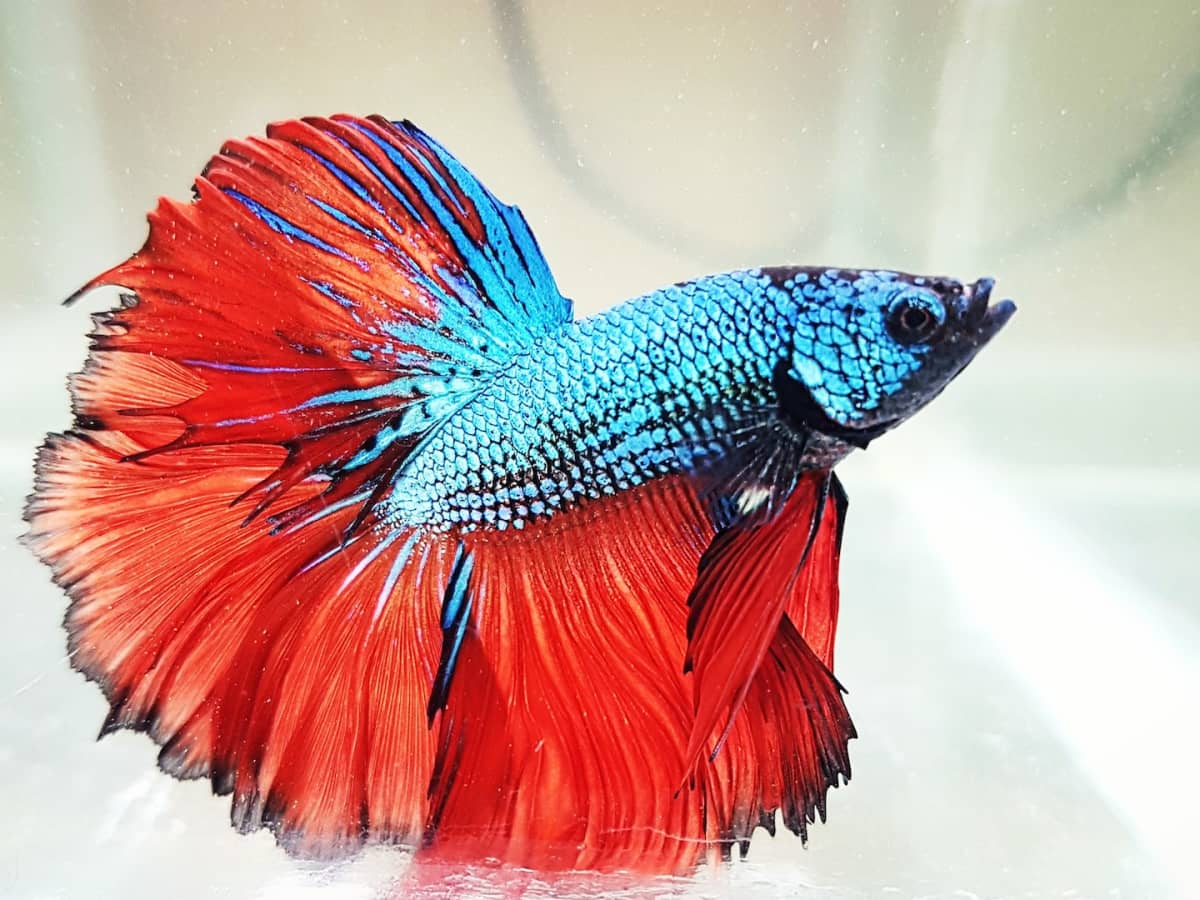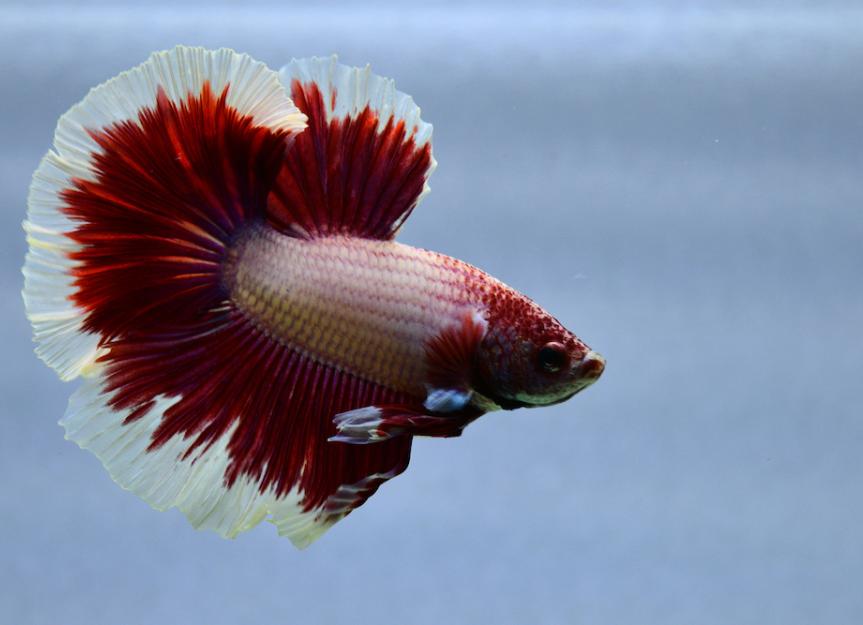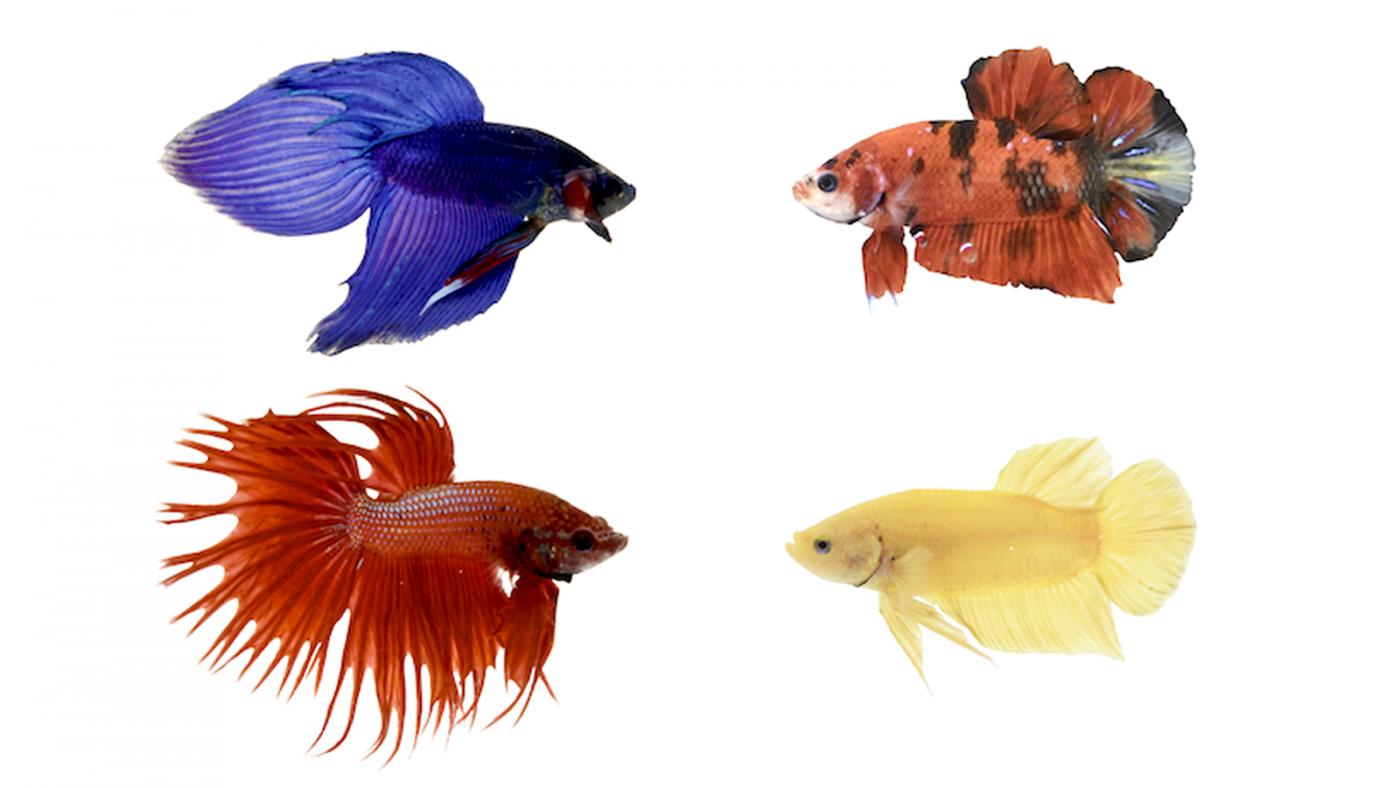Betta Fish Diet: What to Feed Your Betta for Optimal Health And Wellness
Betta Fish Diet: What to Feed Your Betta for Optimal Health And Wellness
Blog Article
Reproducing Betta Fish: a Comprehensive Step-By-Step Guide to Efficiently Raising Infant Bettas From Eggs to Their Adult Years
Breeding Betta fish is a thorough endeavor that requires mindful preparation and execution to make certain the successful advancement of fry from eggs to mature fish. As the male Betta faithfully constructs a bubble nest and guards the precious eggs, the subsequent phases of care and change need attention to information and expertise of ideal techniques.

Choosing Reproduction Pairs
When getting started on the trip of breeding Betta fish, choosing the appropriate reproduction sets is important to accomplishing preferable attributes and a healthy and balanced family tree - betta fish. The initial step in this procedure is to determine the details traits you wish to enhance or preserve, such as color, fin kind, and physique. It is necessary to select genetically varied pairs to avoid inbreeding, which can lead to wellness problems and unwanted attributes
Assess possible breeding prospects meticulously. A healthy and balanced male Betta ought to show lively shades, an active behavior, and well-formed fins, while the lady must additionally display dynamic pigmentation and a rounded stomach, showing preparedness for spawning. Observing the personality of both fish is crucial, as aggressive or excessively reluctant people may not reproduce effectively.
Keeping records of the parent fish's ancestry can assist you track genetic attributes and potential concerns. Inevitably, spending time in the selection process will considerably improve the chance of creating solid, dynamic spawn that satisfy your reproduction objectives.

Preparing the Breeding Tank
Developing an optimum breeding setting is a vital step after selecting ideal sets for Betta fish. The breeding tank must be specifically made to offer comfort and boost the natural reproduction habits of the fish. Beginning with a container size of a minimum of 10 gallons to make sure sufficient room for both the male and women Bettas.
Keep a gentle filtering system to maintain the water tidy while avoiding strong currents that can worry the fish. Furthermore, an air rock can be included in provide oxygenation without interrupting the water surface too much.
Temperature law is vital; aim for a secure variety of 78-82 ° F(25-28 ° C) utilizing a dependable heating unit. The pH degree must be maintained in between 6.5 and 7.5, and routine water changes are needed to guarantee high water quality.
Integrate drifting plants or spawning mops to produce concealing places for the lady, while also motivating bubble nest structure by the male - betta fish. Ultimately, guarantee the storage tank is complimentary from sharp designs and any type of prospective risks, as the welfare of the fish should always be prioritized throughout this important stage of breeding.
The Reproduction Refine
Typically, the breeding process for Betta fish entails a series of distinct and evident behaviors that show readiness for reproduction. The male Betta begins by constructing a bubble nest at the water's surface area, which works as a site for the fertilized eggs. This nest is essential, as it supplies a safe setting for the eggs up until they hatch.
Once the nest is developed, the man will display courtship behaviors, such as flaring his fins and showing lively shades to draw in the woman. The female, upon sensing the male's preparedness, will certainly respond by showing upright stripes along her body, indicating her receptiveness.
The fed eggs after that drop to the bubble nest, where the male thoroughly accumulates and returns them to the nest. Following this, the male presumes obligation for guarding the nest and making certain the security of the eggs up until they hatch, normally within 24-36 hours.
Caring for Betta Fry
Looking after Betta fry calls for careful interest to their environment site web and nutrition to guarantee healthy growth and advancement. After hatching, Betta fry are extremely small and susceptible, requiring a steady and tidy habitat. Maintaining a water temperature level between 78 ° F and 80 ° F is crucial, as Betta fry grow in cozy problems. In addition, ensure that the water is cost-free of harmful toxic substances; normal resource water adjustments of 10-20% are advised to keep ideal water quality.
Feeding Betta fry is equally important. They should be used infusoria or carefully crushed top notch fry food, as their mouths are as well tiny to deal with bigger fragments. As they expand, you can progressively present larger foods, such as infant salt water shrimp or powdered flakes, to ensure they get ample nourishment. Feed them small quantities numerous times a day, being careful not to overfeed, which can cause water high quality problems.
Transitioning to Grownup Bettas
As Betta fry mature, transitioning them to grown-up Bettas is a vital stage that requires mindful monitoring of their environment and social interactions. This procedure normally begins when the fry reach around six weeks of age, at which factor they can be progressively introduced to a much more organized living setting.
To facilitate this transition, it is important to guarantee that the water specifications-- such as temperature level, pH, and ammonia levels-- are optimum and secure. Adult Betta fish prosper in warm water (around 78-80 ° F) with a pH of 6.5 to 7.5. Gradually adapt the fry to these conditions to minimize tension.
Social interactions are one more essential factor; man Bettas are notoriously territorial and hostile. It is advisable to separate males into individual tanks as they grow. Women Bettas can be housed together, but care should be required to check for signs of hostility.
Additionally, nutritional adjustments should be made as the fry expand. Integrate my response high-quality pellets and live foods to sustain their development and health. By handling these elements successfully, you can advertise an effective shift to adulthood for your Betta fish.

Conclusion
Successful breeding of Betta fish needs mindful attention to detail throughout the whole procedure, from selecting genetically diverse pairs to providing optimum take care of fry. By ensuring suitable breeding problems and keeping water high quality, the likelihood of healthy spawn enhances dramatically. In addition, a well balanced diet plan and progressive adaptation to grown-up environments are vital for the development and advancement of Betta fish. Following these actions vigilantly fosters a prospering populace of Betta fish, enhancing both their health and vigor.
Report this page